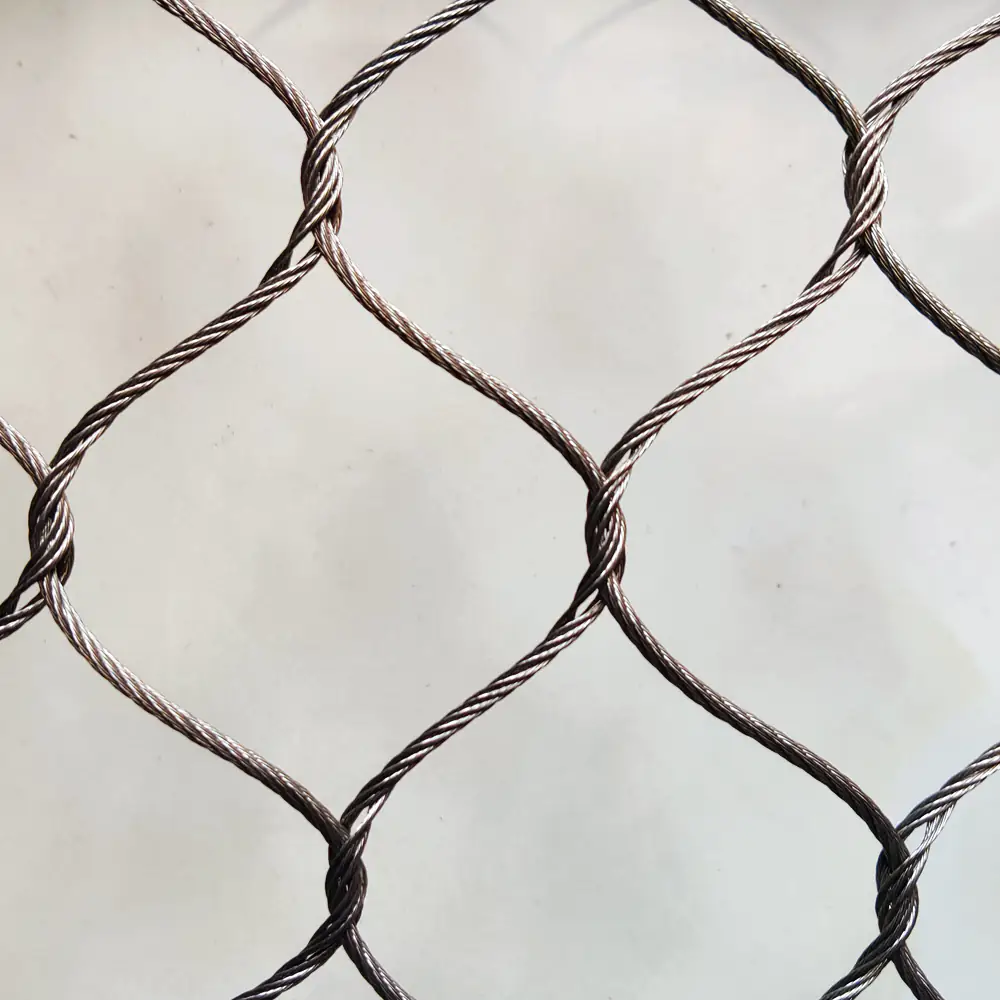As we set foot inside a zoo, the first thing that catches our eye – even beyond the diverse range of animals – is the elaborate system of enclosure designs in place. At the heart of these designs, you’ll find a crucial component – zoo animal mesh. A characteristic presence in zoos across the globe, it performs a critical function: striking a balance between animal safety, visitor-security, and visibility.
Materials and Durability
Zoo animal mesh is masterfully crafted from a variety of sturdy materials, with the most common being stainless steel or coated aluminium. These materials are selected and utilized for their incredible resilience and durability. Zoo animal mesh must be resistant to weather-induced wear and tear as it has to brave diverse weather conditions, and this task becomes most critical when it comes to the heavyweight champions of the animal kingdom, like lions, elephants, or rhinos. Besides weathering, the mesh also needs to resist against potential attacks and gnawing from the housed animals, thus further underlining the necessity of it being sturdy and resilient.

Design and Variety
The design of zoo mesh doesn’t just stop at selecting the materials. It also involves a careful study of the animals it is designed for. Zoo mesh varies in terms of size and design, based on the species it is aimed to house. For instance, aviaries need finer mesh to prevent smaller birds from escaping while ensuring they don’t get caught or injured, while larger, stronger mesh is necessary for enclosures housing larger, stronger animals such as big cats or primates.
Furthermore, the mesh design looks to provide an optimum view for visitors. After all, a significant part of the zoo experience is to observe animals closely while learning about them. This aspect reiterates the role of zoo mesh as more than just a containment tool – it contributes to enhancing visitor experience as well.
Animal Well-being
As institutions that strive to conserve biodiversity and educate the public, zoos must ensure the highest levels of animal welfare. Zoo mesh plays a vital role in achieving this goal. A well-designed, secure mesh helps the animals feel safe in their enclosures, contributing to lesser levels of stress, which in turn impacts their overall well-being positively. Furthermore, the mesh must be designed to prevent any injury to the animals, thereby contributing to their welfare.
In Closing
Summing up, zoo animal mesh is an apparently simple, yet deeply complex and critical, component of a modern-day zoo. Its design and application embody the essence of zoo creation: the balancing act of ensuring animal welfare, visitor safety, and educational outreach. A blend of resilient materials, thoughtful design, and careful craft, it subtly but significantly shapes the zoo as an enriching space for both animals and humans.

